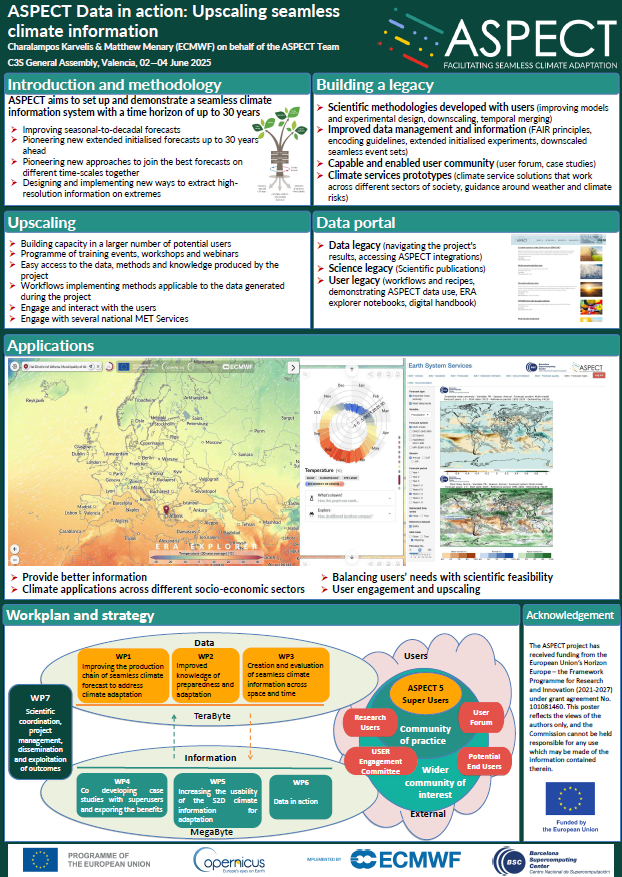Resource library
Videos
ASPECT is improving existing climate prediction and projections, and merging their outputs across timescales to provide seamless climate information, spanning for the next months to 30 years.
ASPECT | What are seamless climate predictions?






